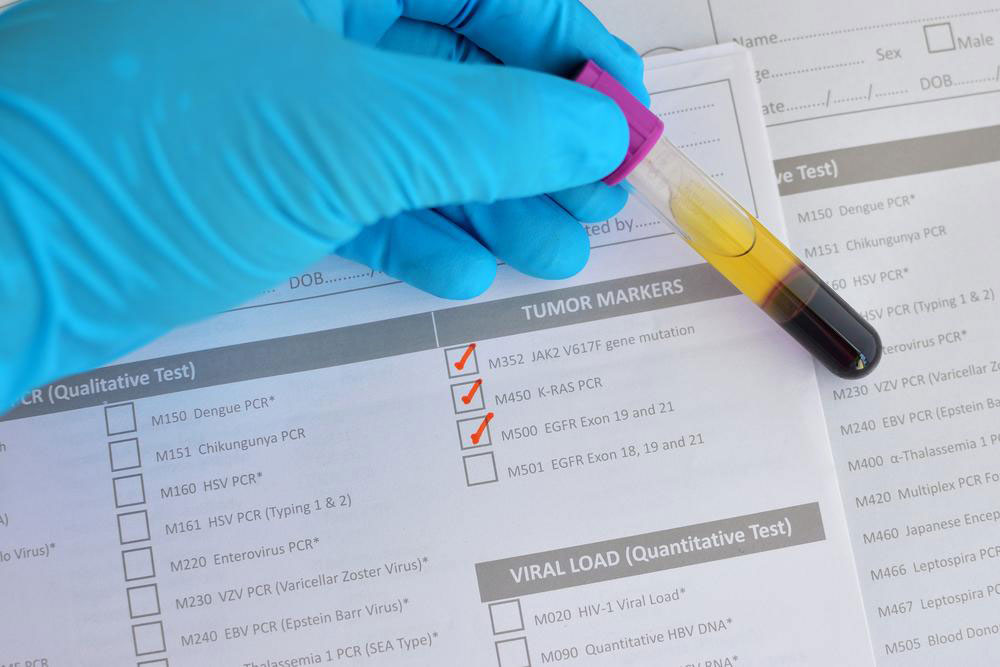Comprehensive Guide to PSA Levels: What They Mean for Prostate Health
This comprehensive guide explains the significance of PSA levels in prostate health, factors influencing results, and the limitations of PSA testing. It covers age, race, test procedures, and the importance of ongoing monitoring, helping men understand their prostate health better.

Comprehensive Guide to PSA Levels: What They Mean for Prostate Health
Introduction to PSA Testing and Its Importance
The prostate-specific antigen (PSA) test is a routine blood test that measures the level of PSA protein produced by the prostate gland. This simple diagnostic tool is vital in the early detection and screening of prostate-related health issues, especially prostate cancer. While a PSA test can provide valuable insights, interpreting its results requires careful consideration, as elevated levels do not always signify cancer. Various factors, including benign prostate conditions, age, race, lifestyle, and other health variables, can influence PSA levels. Therefore, understanding what PSA levels mean, their limitations, and appropriate follow-up actions is essential for men concerned about prostate health.
Reasons for Elevated PSA Levels
Increased PSA in the bloodstream often results from prostate tissue disruption or breakdown, releasing more PSA into circulation. The exact causes behind this process are still under research, but inflammation, infection, or trauma can contribute.
Prostate conditions, both benign and malignant, can elevate PSA levels. These include benign prostatic hyperplasia (BPH), prostatitis, and prostate cancer.
Since PSA production is linked to prostate tissue, any condition affecting the prostate could lead to increased PSA levels—a non-specific marker that warrants further investigation.
Physical activities such as vigorous exercise, especially cycling or heavy lifting, can temporarily raise PSA levels, making timing of tests important.
How Age Influences PSA Levels
Research shows that PSA levels tend to rise naturally with age, making age a critical factor when interpreting results.
The traditional cutoff value of 4.0 ng/mL serves as a general threshold, prompting further testing if exceeded.
However, recent studies suggest the utility of age-specific PSA reference ranges. These tailored thresholds can help reduce unnecessary biopsies and improve diagnostic accuracy across different age groups.
The relationship between age and PSA is complex, with ongoing debates and evaluations of age-adjusted screening protocols.
Impact of Race on PSA Levels
Multiple studies indicate that Black men tend to present higher PSA levels compared to White men at similar ages, possibly due to genetic, environmental, or other factors.
This racial difference underscores the importance of personalized screening strategies and interpretation thresholds.
The Process of PSA Testing
The PSA test involves drawing blood to measure the concentration of PSA protein in serum.
Since PSA is primarily produced by the prostate and exists in semen, only minute traces enter the bloodstream, making the test sensitive but also susceptible to variations from benign causes.
Results are expressed in nanograms per milliliter (ng/mL). Interpreting these results in conjunction with age-adjusted charts provides better risk assessment.
Persistent elevation or a rising trend in PSA levels over time often lead healthcare providers to recommend further diagnostic procedures, such as a prostate biopsy.
Aside from PSA levels, factors like family history of prostate cancer, prostate size, urinary symptoms, digital rectal exam (DRE) findings, ethnicity, and medications are considered before making biopsy decisions.
PSA Velocity and Doubling Time: Indicators of Progression
The rate at which PSA levels increase over a period provides additional insights into prostate health and potential malignancy.
PSA velocity measures how quickly PSA levels are rising—rapid increases may indicate more aggressive disease.
PSA doubling time calculates how long it takes for PSA levels to double; shorter doubling times can correlate with faster disease progression and worse prognosis.
Regular monitoring of PSA velocity and doubling time helps clinicians evaluate disease risks and tailor management plans more effectively.
Limitations and Considerations of PSA Testing
While elevated PSA levels can suggest prostate cancer, they are not definitive. Many men with high PSA do not have cancer, and vice versa.
Men with very low PSA levels, even below 0.5 ng/mL, have been diagnosed with prostate cancer, indicating limitations in sensitivity.
Normal ranges vary with age and ethnicity, but these are guides rather than absolute thresholds. False positives and negatives can occur, leading to unnecessary anxiety or missed diagnoses.
PSA testing cannot reliably identify clinically significant prostate cancer. Overreliance on PSA alone may lead to overtreatment or missed opportunities for early intervention.
Therefore, PSA results should always be interpreted in conjunction with other clinical findings such as DRE, imaging, and biopsy results. A comprehensive assessment is essential for accurate diagnosis and effective management.





